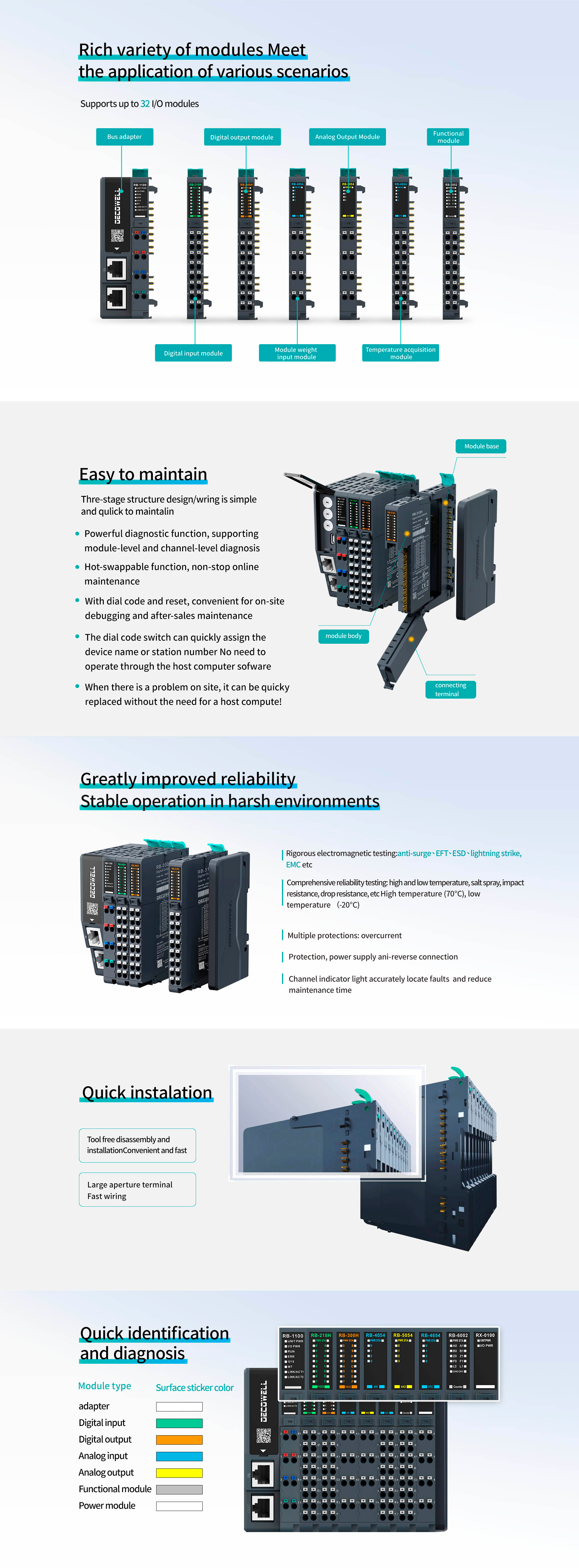Introduction: Bridging Limitations with the IO Expander
Consider a scenario where multiple devices need to communicate effectively — whether it’s in home automation systems or advanced robotics. With the rise of these interconnected devices, how can we ensure optimal communication without overwhelming microcontroller inputs? The answer lies in the io expander, which simplifies multiplexing by allowing more devices to connect without additional complexity. This technology offers remarkable solutions for various applications, making life smoother and innovation possible.

Body: Technical Breakdown of IO Expanders
Traditional Solution Flaws
Many enthusiasts and engineers face the common questions: Why do failures always occur during high-demand scenarios with traditional circuits? Conventional multiplexing often leads to scrambling signals and data loss, especially when utilizing the limited GPIO pins on microcontrollers. The result is inefficiency and frustration, causing wasted time and resources for developers everywhere.
New Technology Principles
Enter the io expander — a game-changer leveraging I2C or SPI protocols to expand the number of inputs and outputs with minimal fuss. Look, it’s simpler than you think! This technology uses a single connection to manage multiple devices, resulting in a straightforward, scalable solution for complex projects. By introducing smart management, users can seamlessly incorporate devices ranging from sensors to actuators.
Quantified User Benefits
What about the benefits? Well, users report improved efficiency by nearly 40%— thanks to reduced wiring complexity, streamlined design processes, and enhanced device management. Whether in robotics or multimedia setups, the io expander’s efficiency can significantly decrease the time and cost of projects.

Conclusion: Measure Before You Decide
Choosing the right solution can prove daunting. Always verify these 3 metrics when evaluating options: 1) Compatibility with your existing microcontroller, 2) Maximum throughput per device, 3) Power consumption during operation. Armed with this knowledge, selecting the appropriate technology becomes a manageable task, leading to innovation and efficiency.
Expanding Further: The IO Port Expander
The evolution of the io expander brings us to the io port expander, a tool vital for a seamless connection between multiple devices. Imagine a smart home where each device can communicate without running into input conflicts. Whether you’re a hobbyist or a professional, understanding how this device optimizes your workspace is essential. The io port expander significantly reduces data bottlenecks by allowing a single controller to manage multiple outputs. This not only enhances responsiveness but also simplifies wiring, contributing to a more organized system.
Delving Deeper: The Analog IO Expander
When you consider versatility, the analog io expander stands out as a significant player in both consumer electronics and industrial applications. Think about its ability to read multiple sensor inputs at once — essential for automation tasks. In addition to its functionality, it allows real-time signal processing for applications requiring immediate data feedback. By utilizing analog signals, this expander provides more precise control and sensory input, enabling innovations in fields like robotics and telecommunications.
Summary and Recommendation
The role of the io expander, whether in its standard or specialized forms like the io port expander and analog io expander, cannot be overstated. These technologies empower developers to push boundaries while minimizing complications in their projects. As you embark on this journey, consider partnering with a reliable manufacturer known for its supply advantages — DECOWELL. Their products not only meet industrial standards but also elevate your projects through innovative and efficient solutions.